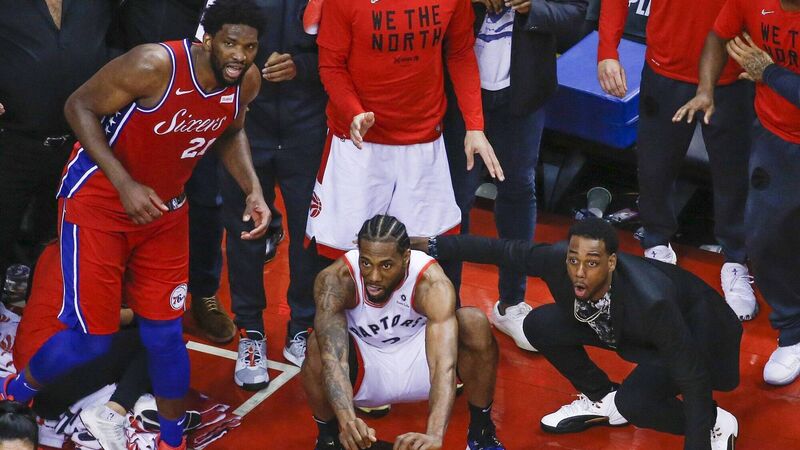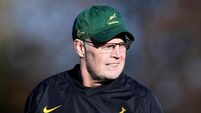Michael Moynihan: Where exactly are modern sportsmen getting those immaculate fades?

TORONTO, ON - MAY 12: Philadelphia 76ers center Joel Embiid (21) watches from the corner as Toronto Raptors forward Kawhi Leonard (2) squats down and sticks out his tongue waiting for the ball to drop for Raptors to win. Embiid missed the recent All-Star game as his barber tested positive for Covid-19. Picture: Rick Madonik









